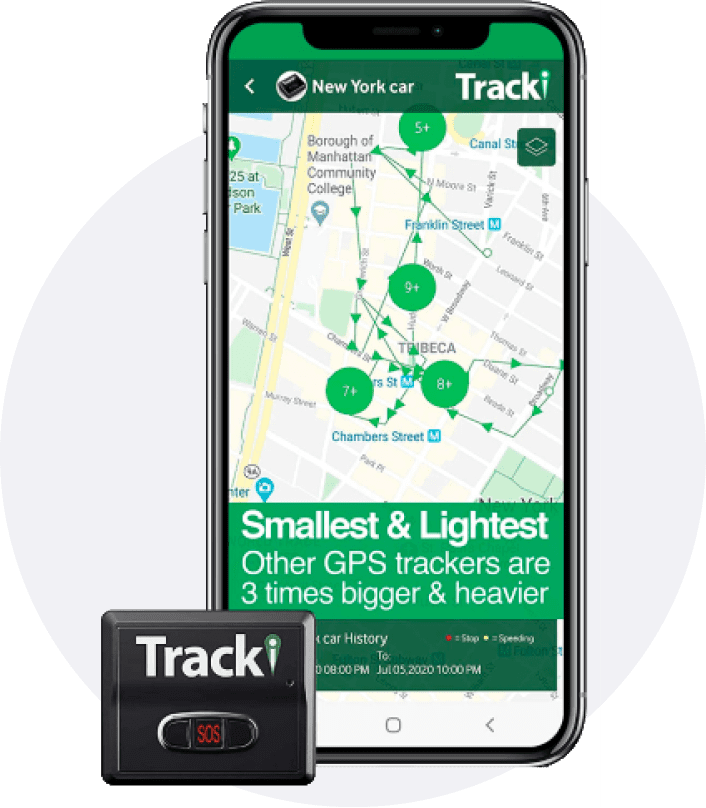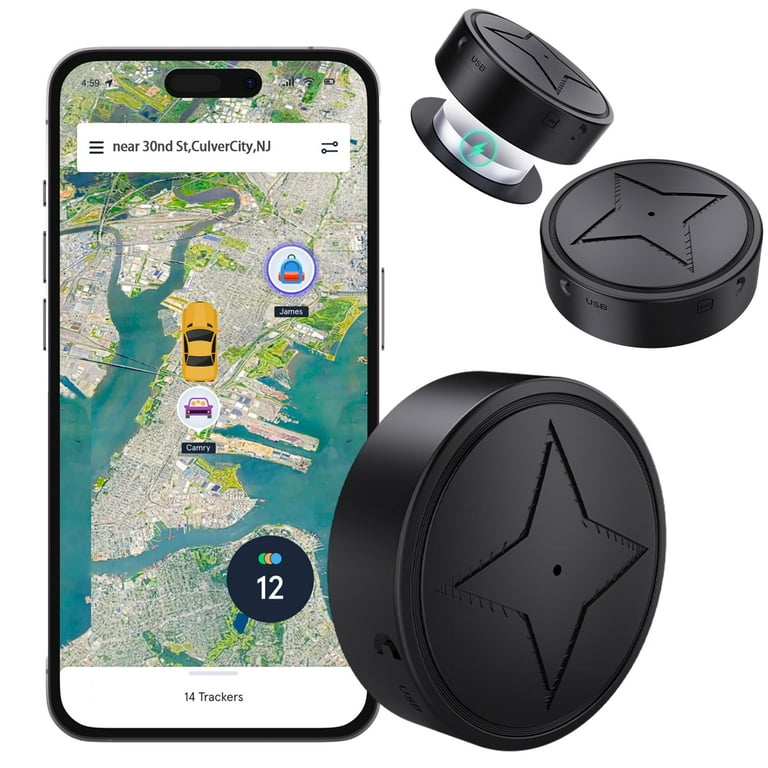Comprehensive Overview to GPS Tracking: Improve Safety and Efficiency
Making The Most Of Efficiency With GPS Tracking: Techniques for Fleet Management and Property Tracking
In the realm of fleet monitoring and property surveillance, the application of general practitioner tracking systems has actually come to be a keystone for boosting functional effectiveness and performance. By harnessing the power of real-time information, businesses can improve their logistics, enhance courses, and boost total fleet efficiency. Nevertheless, truth possible lies not just in the execution of these modern technologies yet additionally in the calculated application of the understandings they offer. From boosting chauffeur safety and security to making notified choices based upon comprehensive data analytics, the possibilities are vast. As we discover the numerous methods and methods to optimize performance with GPS tracking, a world of possibilities opens to redefine just how organizations handle their fleets and check their properties.
Implementing Real-Time Tracking Equipments
To make best use of operational efficiency, business can implement real-time monitoring systems that offer immediate area data for their assets. By making use of GPS innovation, services can gain real-time understandings into the whereabouts of their vehicles, tools, and other valuable sources. This degree of visibility allows firms to streamline procedures, improve efficiency, and improve total efficiency.
Real-time monitoring systems offer many benefits for firms throughout various markets. With the capacity to keep track of properties constantly, companies can optimize routing, routine upkeep extra efficiently, and minimize the danger of theft or loss. These systems allow services to respond promptly to any type of unanticipated events or interruptions, guaranteeing marginal downtime and maximum effectiveness.
Carrying out real-time monitoring systems needs careful preparation and factor to consider of certain organization requirements. Companies have to select the right innovation copyright, personalize the system to fulfill their requirements, and give sufficient training to employees. By purchasing real-time tracking remedies, services can remain in advance of the competition, deliver premium customer care, and achieve sustainable development in today's fast-paced market atmosphere.
Optimizing Path Preparation and Organizing

One key approach for enhancing course planning is to make use of historical data and real-time info to identify one of the most effective courses for cars. By assessing previous paths and considering aspects such as website traffic patterns and delivery windows, businesses can create routines that lessen unneeded quits and hold-ups. In addition, carrying out vibrant routing capabilities enables modifications to be made in real-time based on transforming conditions, making certain that vehicle drivers constantly take one of the most reliable path to their location.
Enhancing Motorist Performance and Security
Enhancing chauffeur performance and safety is critical in guaranteeing the safe and smooth operation of a fleet. By using GPS tracking technology, fleet supervisors can monitor driver actions in real-time and provide instant feedback to advertise risk-free driving practices. This includes monitoring speed limitations, severe stopping, acceleration patterns, and adherence to web traffic guidelines.
Additionally, general practitioner tracking systems can aid in recognizing vehicle drivers who might require added training or support to boost their efficiency (gps tracking). By evaluating information on driving practices and patterns, fleet supervisors can apply targeted training programs to attend to specific locations of enhancement. This proactive technique not only boosts overall driver efficiency but also contributes to a safer job setting for everyone involved
In enhancement to efficiency tracking, GPS radar can also boost chauffeur security by supplying emergency situation assistance attributes. In case of a crash or failure, chauffeurs can swiftly send out distress signals, permitting Website fleet managers to respond quickly and dispatch assistance when needed. In general, integrating GPS tracking innovation right into fleet monitoring techniques is critical for enhancing vehicle driver performance and making sure the safety and security of both assets and motorists.

Making Use Of Geofencing for Improved Safety
Maximizing fleet protection surpasses keeping track of motorist efficiency and safety; one effective approach is through the strategic use geofencing technology. Geofencing allows fleet supervisors to establish digital limits or geozones around particular locations, allowing them to receive real-time alerts when lorries get in or exit these designated locations. By establishing geofences around high-risk locations such as construction sites, unauthorized locations, or even client locations, fleet supervisors can enhance safety steps and minimize potential risks.
Geofencing not only boosts safety and security however likewise enables fast feedback times in instance of unapproved car usage or burglary. In the occasion of a violation, informs can be sent to fleet supervisors, allowing them to take prompt action to recuperate the vehicle and locate. In addition, geofencing can assist in keeping track of vehicle motion during off-hours, guaranteeing that vehicles are not being used for unapproved functions.
Integrating GPS Information for Strategic Decision-Making
Utilizing GPS information combination is essential for educated tactical decision-making in fleet monitoring operations. By incorporating GPS data right into fleet administration systems, businesses can get valuable understandings right into their operations, leading to extra reliable routes, enhanced driver behavior, and much better total performance. Via the integration of GPS information, fleet managers can track vehicle areas in real-time, screen fuel usage, and analyze motorist efficiency metrics such as speed, idling time, and severe stopping.
In addition, integrating GPS data enables the optimization of paths based upon traffic problems, climate patterns, and other external elements, assisting to decrease shipment times and functional prices. By assessing historical GPS information, fleet supervisors can identify patterns, patterns, and areas for enhancement, enabling them to make data-driven decisions that boost productivity and enhance procedures.
Final Thought
Finally, the implementation of GPS radar can substantially enhance performance in fleet monitoring and possession monitoring. By making use of real-time monitoring, enhancing route preparation, boosting vehicle driver performance, using geofencing for safety and security, and integrating GPS information for critical decision-making, organizations can accomplish and improve procedures expense financial savings (gps tracking). These approaches make it possible for services to streamline procedures, increase performance, and ultimately optimize the general performance of their operations
In the world of fleet management and possession surveillance, the usage of General practitioner tracking systems has come to be a cornerstone for boosting functional performance and efficiency. As we discover the various approaches and methods to take full advantage of efficiency with General practitioner tracking, a world of opportunities opens up to redefine just how organizations manage their fleets and monitor their possessions.
By using General practitioner monitoring modern technology, fleet supervisors can keep an pop over to these guys eye on motorist look at these guys habits in real-time and provide immediate comments to promote safe driving techniques. Through the integration of GPS data, fleet managers can track automobile places in real-time, display gas intake, and analyze motorist performance metrics such as speed, idling time, and rough braking.
In conclusion, the implementation of GPS monitoring systems can greatly improve effectiveness in fleet administration and asset tracking.